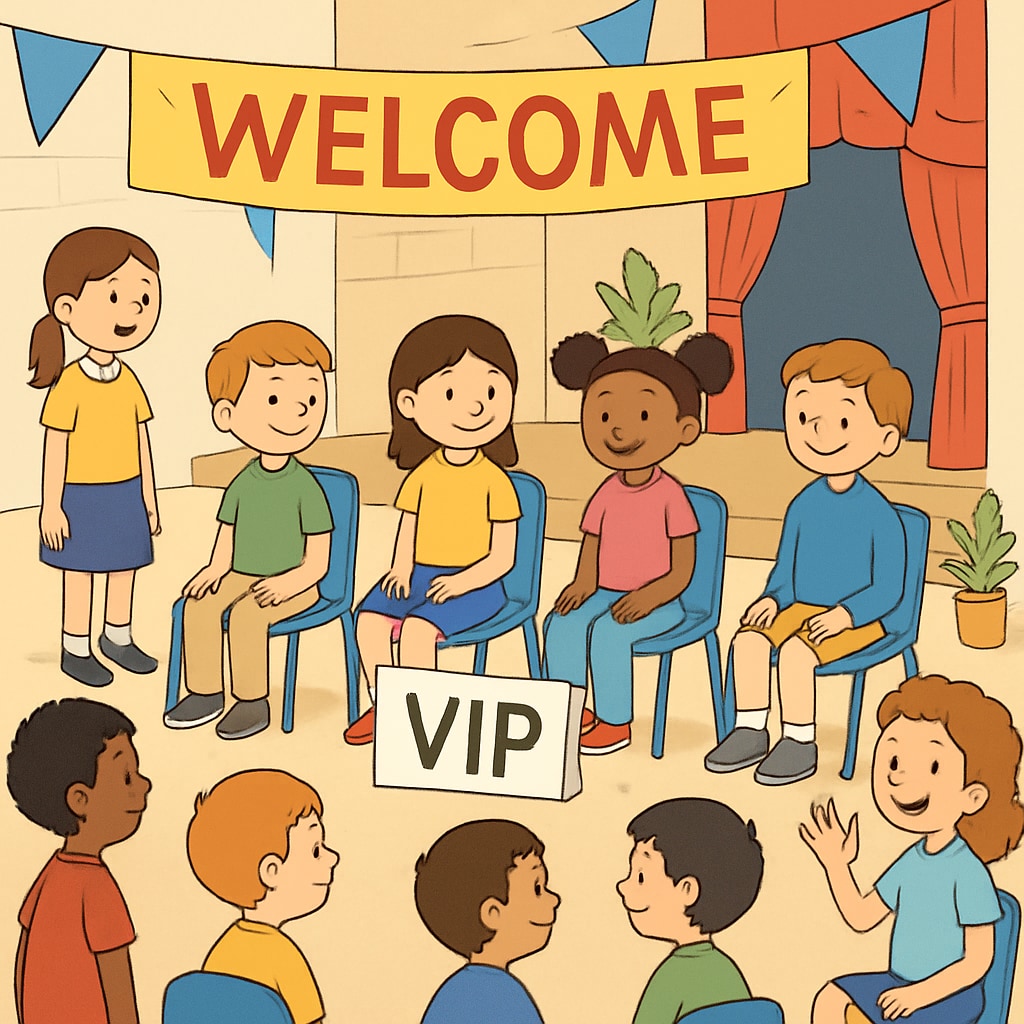School fundraising activities often aim to support extracurricular programs, purchase new equipment, or enhance educational opportunities. However, when these initiatives adopt a tiered structure based on donation amounts, they risk promoting economic discrimination among students. Such practices can undermine the principle of equal participation and create unnecessary social divisions during critical stages of childhood development. This article examines the implications of tiered fundraising models and advocates for more inclusive approaches to school fundraising.
How Tiered Fundraising Creates Economic Hierarchies Among Students
Many schools implement tiered donation structures to incentivize higher contributions. For example, families who donate larger amounts might receive exclusive benefits such as VIP seating at school events, special recognition at assemblies, or priority access to limited opportunities like trips or workshops. While this approach may appear practical from a revenue standpoint, it introduces a subtle yet harmful form of socioeconomic stratification among students.
Children are acutely aware of social differences, and these fundraising models can magnify disparities between families. Students from less affluent backgrounds might feel excluded or even ashamed when they cannot participate in premium activities their peers enjoy. This fosters a sense of “otherness,” which can negatively impact their self-esteem and social relationships.

Impact on Childhood Development: The Hidden Costs of Economic Discrimination
Childhood is a formative period when social and emotional skills are developed. Economic discrimination introduced through tiered fundraising can disrupt this process, leading to long-term consequences. Research shows that feelings of exclusion and inequality during childhood can affect mental health, academic performance, and future social interactions (Social Stratification on Britannica).
For example, children who feel marginalized due to their family’s financial situation may become less engaged in school activities or hesitant to participate in group settings. As a result, their opportunities for personal growth and learning are diminished. Furthermore, such practices contradict the core educational values of fairness and inclusivity, which schools are meant to uphold.

Rethinking School Fundraising: Toward Inclusive Practices
To address these issues, schools must adopt fundraising strategies that prioritize inclusivity over exclusivity. Here are some actionable suggestions:
- Uniform Participation: Design fundraising activities where all students and families can contribute equally, regardless of financial capacity. For instance, organizing community events like bake sales or fun runs can engage everyone without highlighting economic differences.
- Anonymous Donations: Keep all contributions confidential to avoid comparisons among families. Publicly recognizing donors should be replaced with collective acknowledgment of the community’s effort.
- Transparent Goals: Clearly communicate the purpose of the fundraiser and how the funds will be used. Emphasizing shared benefits, such as a new playground or library resources, helps unite the school community around a common goal.
These strategies ensure that fundraising efforts align with the principles of equality and inclusion, fostering a supportive environment for all students.
Conclusion: Building a More Equitable Educational Environment
Schools play a critical role in shaping the values and perceptions of young minds. By eliminating tiered fundraising models that promote economic discrimination, schools can create a more inclusive and equitable environment for all students. This not only supports healthy social development but also reinforces the idea that education is a right, not a privilege tied to financial status. It’s time for schools to rethink their fundraising strategies and prioritize the well-being and dignity of every child.
In the words of Nelson Mandela, “Education is the most powerful weapon which you can use to change the world.” Let us ensure this weapon is accessible to all, regardless of economic circumstances.
Readability guidance: This article uses short paragraphs and lists to enhance readability. Efforts have been made to limit passive voice and long sentences. Transition words such as “however,” “for example,” and “as a result” are utilized to ensure smooth flow and coherence.


